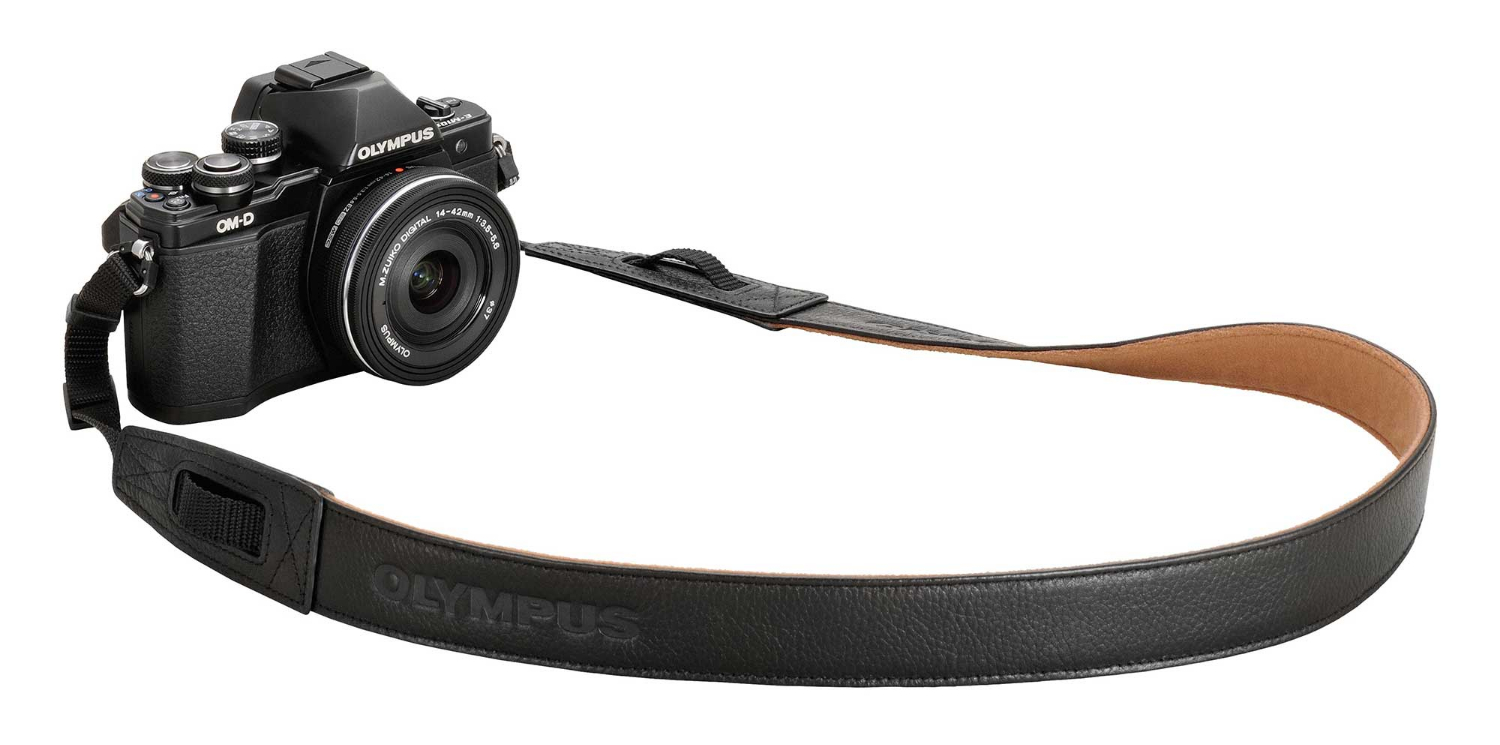Tom's Guide Verdict
If you want to control every aspect of your picture-taking, the Olympus OM-D E-M10 Mark II mirrorless camera delivers.
Pros
- +
Extensive/sophisticated feature set
- +
Most buttons are customizable
- +
Top-notch image quality
- +
Good performance
Cons
- -
Features/dials/buttons can be overwhelming
- -
Continuous AF/tracking accuracy is erratic
- -
No 4K video
Why you can trust Tom's Guide
Feature-laden but affordable, the Olympus OM-D E-M10 Mark II mirrorless camera offers a lot of bang for the buck. This mirrorless camera ($799 with lens, $649 body only) combines features from the higher-end Olympus E-M5 II, such as 5-axis image stabilization and a high-resolution OLED electronic viewfinder with Olympus' new targeting pad. This setup lets you look through the viewfinder while dragging your finger along the LCD screen to move the focus point. Even given the tough competition, such as the Fuji X-T10, the Panasonic Lumix DMC G7, as well as entry-level DSLRs, the OM-D E-M10 holds its own.
Editor's Note: Olympus has introduced the successor to the OM-D E-M10 Mark II; the Olympus OM-D E-M10 Mark III ($499 with 14-42mm EZ lens) boasts a 16-MP sensor, TruePic VIII image processor, in-body 5 axis image stabilization, and 4K video at 30 frames per second.
Design: Analogue Inspired
The E-M10 Mark II's design is decidedly retro. In addition to the overall body — which is available in silver/black or all black — the E-M10 Mark II has multiple dials on the top plate, reminiscent of older film cameras.
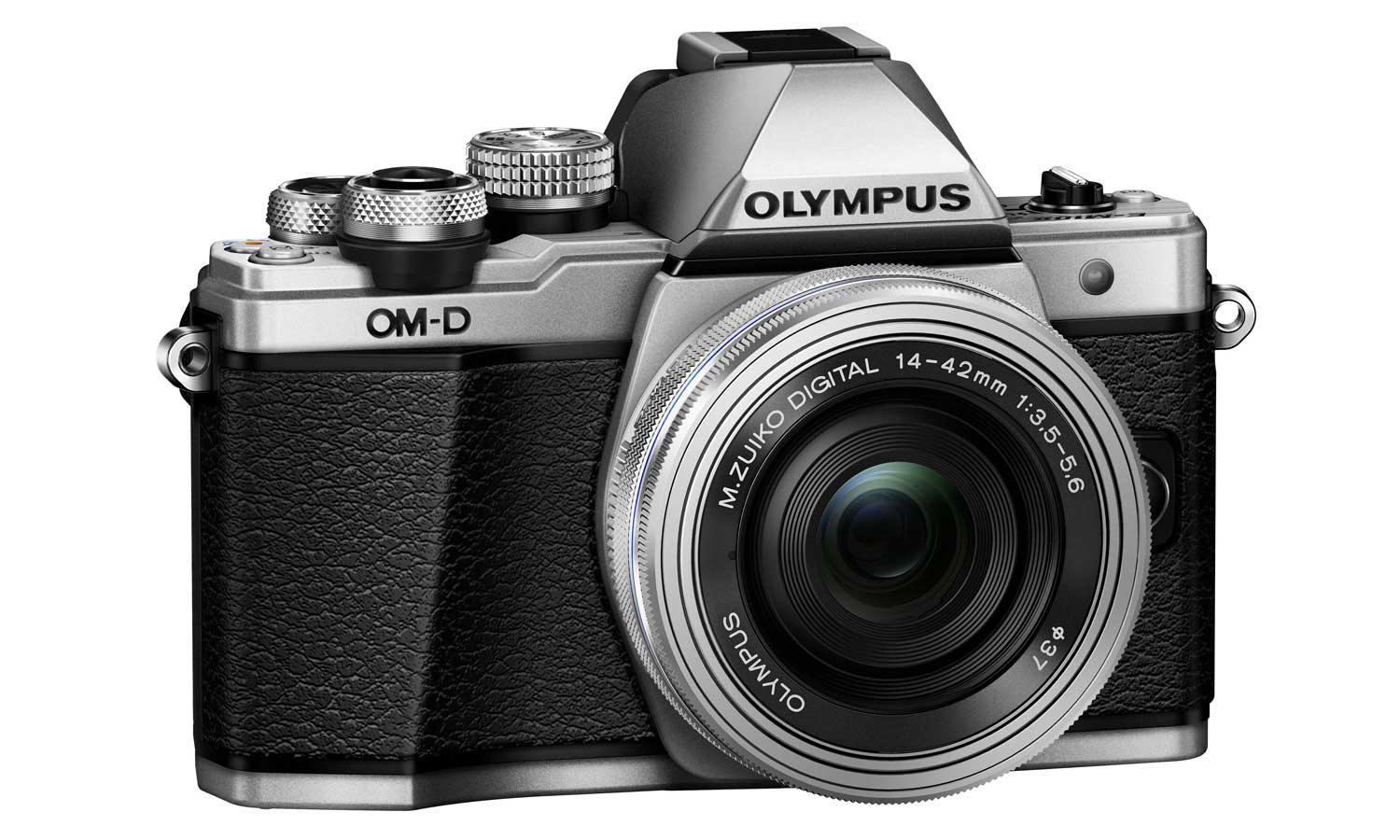
The body is compact, measuring 4.70 X 3.27 X 1.83 inches and weighing 13.75 ounces (with battery and memory card). The grip is small and doesn’t provide much real estate to hang on to, so those with larger hands should consider the optional $60 ECG-3 grip. Otherwise, the design and physical control layout was efficient and easy to use on its default settings.
Rather than having a separate button to activate the pop-up flash, the on/off switch has a third position that pops up the onboard flash. (The camera also has a standard hot shoe for an external flash).
Viewfinder and LCD: Targeting Pad Helps Focus
The electronic viewfinder has been upgraded, resulting in a larger, brighter 2.36-million-pixel OLED EVF. A number of options are available, including a level gauge and an interesting new feature called S-OVF (Simulated Optical Viewfinder). With S-OVF enabled, the viewfinder functions as an optical viewfinder — previewing the scene as it is, without being affected by exposure, picture mode or white balance adjustments.

The viewfinder is complemented by a 3-inch, tiltable touch-screen LCD with 1.04-million-dot resolution. The touch screen is easy to use and responsive. It can be activated for touch focus and touch-shutter release, but perhaps the most interesting feature is its AF Targeting Pad. When enabled, you can look through the viewfinder and, at the same time, drag your finger along the LCD screen to move the focus point, which is also visible in the EVF. It's a more efficient, albeit occasionally less exacting, method of manual focus point selection than on most other cameras.
Get instant access to breaking news, the hottest reviews, great deals and helpful tips.
Menus and Controls: A Bit Complex
Olympus' menu system looks pretty straightforward at first glance, but the company has a habit of burying features. Given the E-M10 Mark II's extensive feature set, it would be a shame not to explore some of those features, so be sure to check out the options under the custom menu.
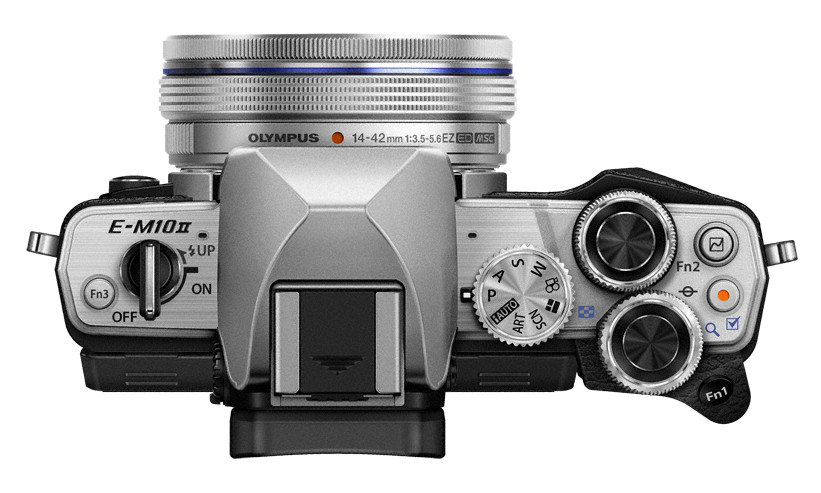
That's where you'll find how to enable the highest resolution/lowest compression image capture (Large Superfine — look for the Color/WB menu). Also, check out the Utilities submenu (located under the custom menu) for even more options, such as setting the warning level for battery levels.
If there's an aspect of the photo that you don’t like, there's probably an adjustment that will make it right.
In addition to a trio of customizable direct Fn (function) buttons and four personal custom-setting configurations for the mode dial, almost all physical controls can be assigned to access one of the camera's many settings. The direction of the dials can be customized as well. The challenge there is remembering what options were assigned to which dials and buttons. But that's a small price to pay given the camera's hugely customizable controls.
The camera is equipped with Wi-Fi but not NFC and works well with the Olympus iOS and Android Olympus Image Share app.
Image Quality: Top Notch
Built around the same 16-megapixel sensor as its predecessor, the E-M10 Mark II's image quality is excellent. Most of the test shots were captured with the 14-42mm f/3.5-5.6 EZ kit lens-shooting JPEG Large Fine plus RAW. I also used shutter-speed or aperture-priority exposure modes and the Natural picture style for almost all photos.
MORE: Best Cameras - Top Digital Cameras for the Money
Given the camera's extensive feature set, if there's an aspect of the photo you don't like, there's probably an adjustment that will make it right, from manual exposure to keeping warm light "warm" when shooting auto white balance (AWB). In this late afternoon shot of the Empire State Building, a brighter exposure washed out the rich, golden light and dramatic skies, so I slightly underexposed the image. Earlier, I had enabled the "keep the warm tones" feature for AWB, which also added to the intentional intensity of the shot below.

I captured most test shots using center-weighted metering that — with few exceptions — produced well-exposed images. Although some highlights in the sky were slightly overexposed, the camera did a good job of maintaining details and texture throughout the buildings in the image below.

The camera rendered colors accurately and with pleasing amounts of saturation — rich but, for the most part, not overly vivid. Although reds are often difficult to reproduce, the O-MD E-M10 II did a great job with this swatch of chiffon. Skin tones look accurate in the image below, and the lens easily picked up the dancer's fine strands of hair.
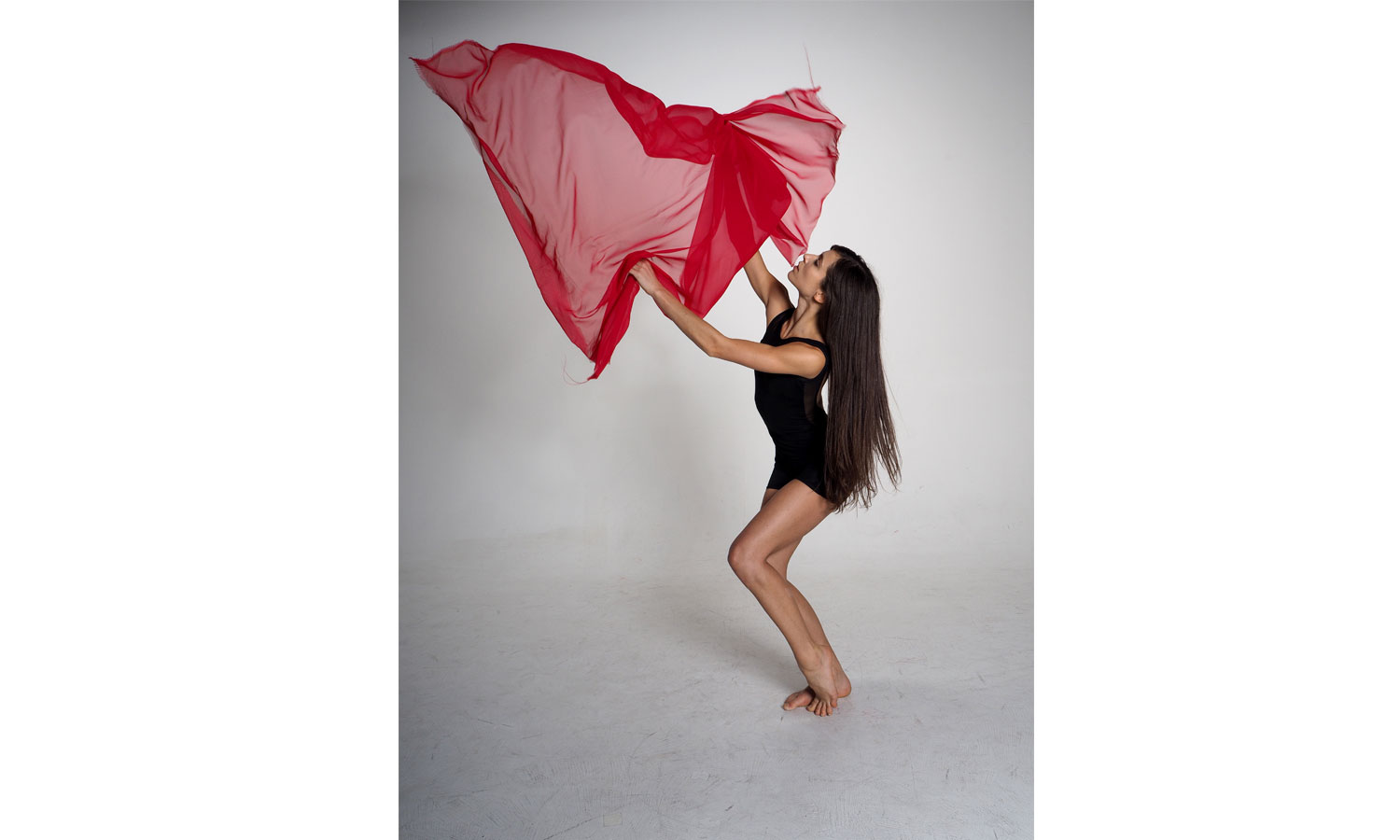
Low Light
With a very respectable ISO range of 200-25,600, the O-MD E-M10 II provides plenty of flexibility in low light. But thanks to the camera's 5-axis image stabilization, you'll be able to shoot with a lower ISO, and still get sharp photos.
Image noise is barely visible in the image of the Empire State Building below, shot at ISO 2000.
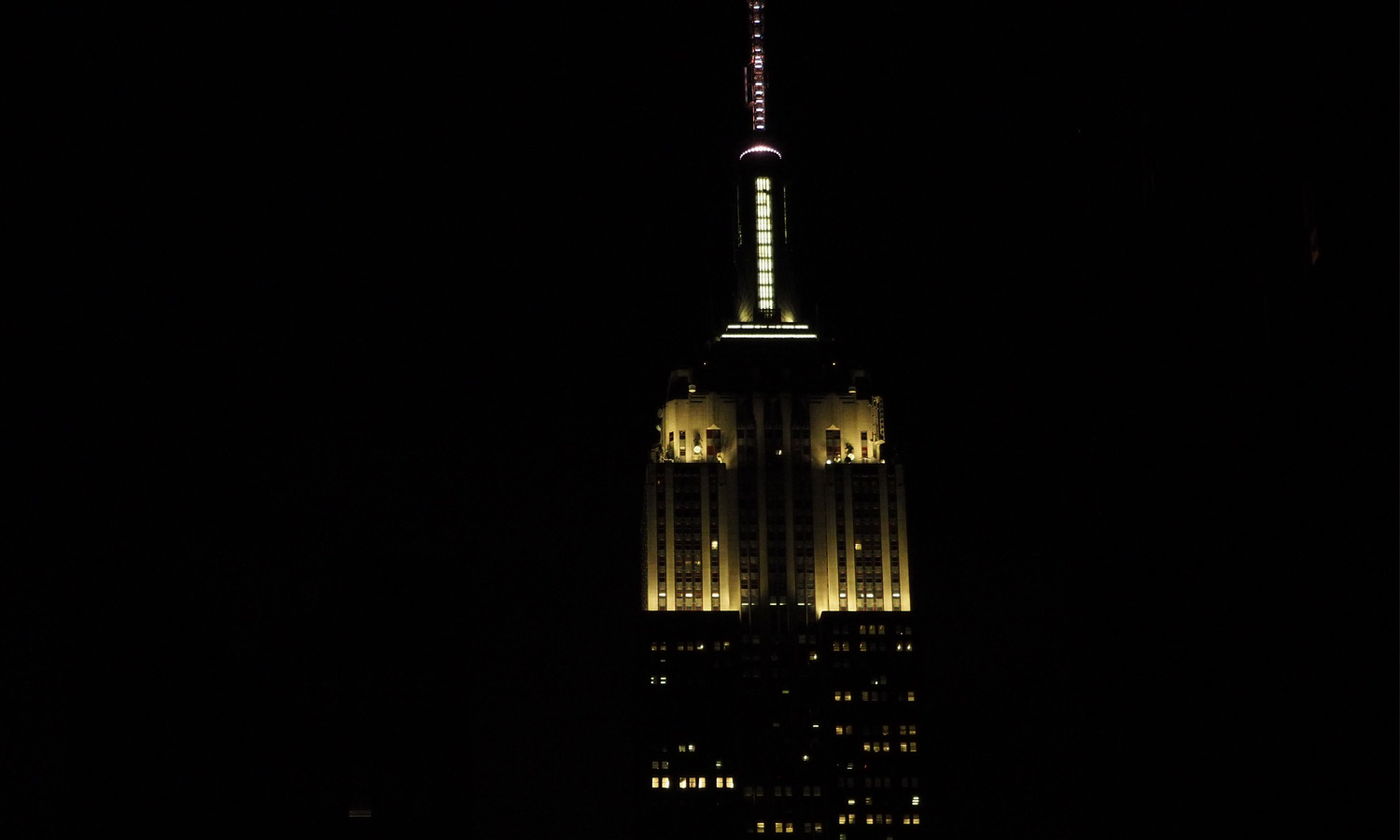
Bump the ISO to 5000 or above and you'll notice increased noise levels. But even at ISO 5000 (and a little above that), images are fairly clean. Whenever possible, I kept the ISO to 5000 or below, as in this street shot.
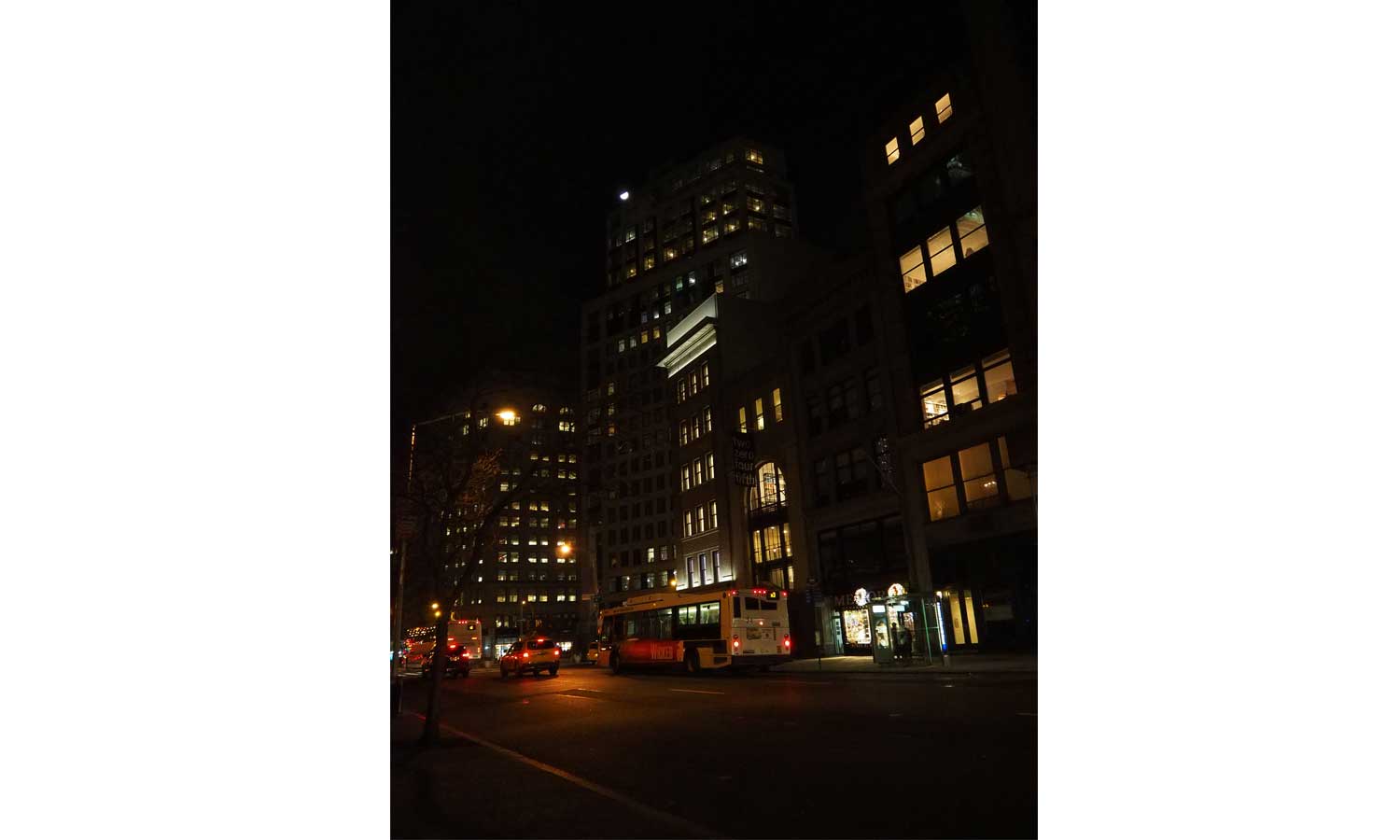
Performance
The overall performance of the Olympus OM-D E-M10 Mark II was quite good. With 81-area multiple AF points, autofocus was responsive and accurate, with the camera's manually selectable AF points a solid alternative. Continuous AF worked pretty well but, particularly in movie mode, tracking was somewhat erratic.
MORE: Best Mirrorless Cameras - From Beginner to Pro
Continuous shooting speed tops out at 8.5fps, but that's with image stabilization off and exposure and focus fixed at the first frame. With autofocus on, continuous shooting speed slows to a less impressive 4fps. But the shutter is so responsive that I was able to focus and snap a picture of a moving dancer with no problem.
Video Quality: Good But Not Exceptional
Despite the lack of 4K video (there is a 4K Time Lapse feature, however), the E-M10 II gets a slight boost in video options, including 60p in full HD (1920 x 1080). Manual exposure capabilities will appeal to more serious videographers with access to various special effects, and filters are a bonus for those who like to add a creative touch. There's no external microphone jack but when there was no wind, sound was generally clear and crisp.
Although video quality is not the camera's most enticing feature, the E-M10 II is capable of capturing some pretty good footage with fairly sharp images and even exposure. Autofocus and image stabilization help ensure sharper, more even video clips, which is especially beneficial for someone like me who has a difficult time hand-holding the camera. Exposure was fairly accurate during the day, although a little underexposed in this late afternoon street shot.
Keeping the ISO at around 2000, the E-M10 II was fairly noise-free in this night shot. The camera handled exposure well, given the extreme lighting from headlights and storefronts.
Battery Life
The E-M10 II's battery life is about the same as its predecessor, at 320 shots per charge (with image stabilization on). Not too bad, especially since you'll want to keep the E-M10 II's very effective five-axis IS on when shooting in low light.
MORE: Best DSLR Cameras - From Beginner to Intermediate
Lenses and Accessories
With its Micro Four Thirds lens mount and adapters for Four Thirds lenses, there are plenty of lens choices for the E-M10 II from Olympus, Panasonic and third-party manufacturers. Given the camera's 2x crop factor, which doubles the effective focal length of lenses, the 14-42mm, f/3.5-5.6 EZ kit lens ($299) is a good, all-around lens.
The shutter is so responsive that I was able to focus and snap a picture of a moving dancer with no problem.
Wider angle lenses, such as the Olympus M.Zuiko 12mm f/2.0 ($799) and wider, are better for landscapes. While pricey, the new M.Zuiko ED 300mm f/4.0 IS PRO super telephoto lens ($2,499) promises up to six stops of stabilization, ideal for wildlife and sports photographers.
Bottom Line
The Olympus O-MD E-M10 Mark II is a solid choice for experienced photographers — pros and amateur enthusiasts alike — who want a small camera that doesn't skimp on features, performance or image quality. While you'll have to step up to the O-MD E-M5 II ($1,099) to get an all-weather camera, if you don't make a habit of shooting in challenging weather or need higher-quality video, you can save yourself a few hundred dollars and get most of the same options with the E-M10 II.
Among mirrorless cameras, we still slightly prefer the Sony a6000, which also doesn't shoot 4K video, but is possibly the fastest in its class. But, if you want an excellent, all-around camera that delivers on everything from features to image quality, the Olympus O-MD E-M10 II is a great option.
Key Specs
Model name: Olympus OM-D E-M10 Mark II
Megapixels: 16
Type: ILC/Mirrorless Micro Four Thirds
Price: $599.99 (body only); $749.99 (with 14-42mm f/3.5-6.6 EZ kit lens)
Shots per sec: Up to 8.5fps (fixed focus and exposure); 4fps (AF/AE)
Sensor type: 4/3 Live MOS Sensor
AF points: 81-area multiple AF
Shutter speed range: 1/4000-60 sec, Bulb
ISO range: 200-25,600 (Auto ISO to a low of 100)
Main video resolutions/frame rates: Full HD 1920 x 1080 at 60fps, 50fps, 30fps, 25fps, 24fps; 1280 x 720 at 30fps; 640 x 480 at 30fps, 120fps
Video file format: MOV, AVI
Built-in flash? Yes
Hot shoe: Yes
Card type: SD/SDHC/SDXC; UHS-I/II compatible
Ports: High-speed USB 2.0, micro HDMI out, video out
Shots per charge (CIPA): 320 with IS on; 750 in Quick Sleep Mode
Wireless capabilities: Wi-Fi
Image stabilization: 5-axis in-camera
Dimensions and weight: 4.70 X 3.27 X 1.83 inches; 12.06 ounces (body only); 13.75 ounces (with battery and memory card)
Theano Nikitas is a freelance journalist and photographer. She's been writing about photography for more than 20 years, contributing countless reviews of cameras, lenses, accessories and software packages to Tom's Guide. Her work has also appeared in dozens of other magazines and websites, including CNET, DPreview, PopPhoto, Professional Photographer and Shutterbug.
